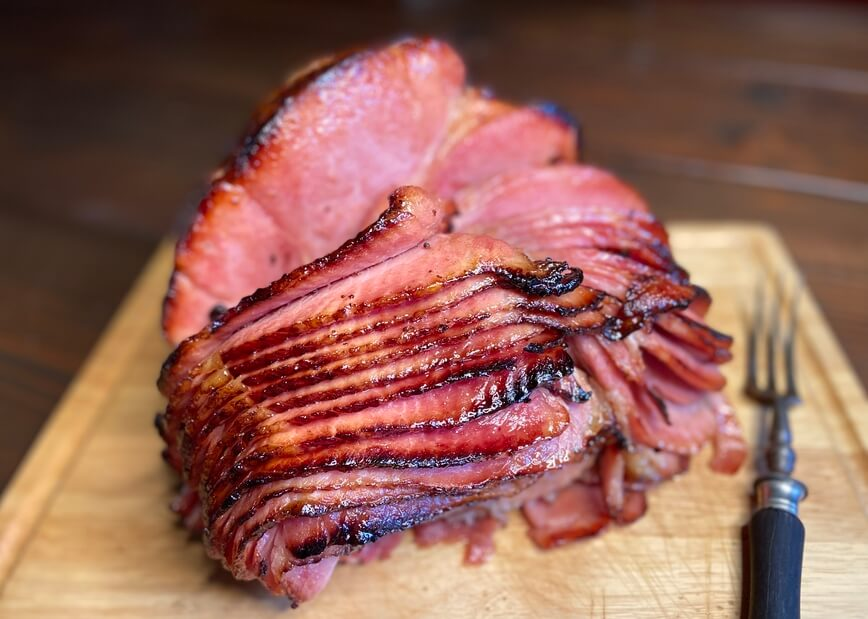
The Risk of Leaving Ham Out
Discovering that your husband left a frozen ham on the counter for five days can be more than just frustrating; it raises serious food safety concerns. Improperly handled meat can harbor harmful bacteria, threatening your health. Let’s examine whether that ham is still safe and how to prevent this in the future.
Why Improper Meat Storage Is Dangerous
Before considering saving the ham, understand the risks of leaving meat out. Ham needs proper storage to prevent harmful bacteria growth.
The Temperature Danger Zone
Food safety hinges on avoiding the temperature danger zone, which ranges from 40°F to 140°F (4°C to 60°C). When food like ham stays in this range for over two hours, bacteria multiply rapidly. Leaving the ham out for five days means it has been in this danger zone far too long.
Bacterial Growth and Food Poisoning
After five days at room temperature, the ham becomes a breeding ground for bacteria like Staphylococcus aureus and Salmonella. These pathogens can cause food poisoning, leading to symptoms like nausea, vomiting, and diarrhea. The tricky part? Bacteria aren’t always visible or detectable by smell.

Is It Safe to Eat Ham Left Out for 5 Days?
In short: no. Here’s why:
- Extended Danger Zone Exposure
The ham has accumulated dangerous bacteria over five days. Cooking it won’t guarantee safety since some bacteria produce heat-resistant toxins. - Lack of Visible Spoilage
Just because the ham looks and smells fine doesn’t mean it’s safe. Bacteria can thrive without visible signs, making consumption a risky choice. - Cooking Cannot Save It
Cooking might kill some bacteria, but it won’t eliminate toxins from those that have already grown. Once meat spends too long in the danger zone, it cannot be made safe again.
Preventing Future Food Safety Issues
While this situation is frustrating, it’s an opportunity to learn proper food handling.
1. Refrigerate Meat Promptly
Perishable food should not sit at room temperature for over two hours. Refrigerate or freeze meat quickly. Set your fridge to 40°F (4°C) or below, and your freezer to 0°F (-18°C) or below for optimal preservation.
2. Thaw Meat Safely
Avoid thawing meat on the counter. Instead, defrost it in the refrigerator, or use the microwave or cold water for quick thawing. Counter thawing is a major no-no.
3. Label and Date Food
Labeling helps track how long food has been out. It ensures you use items within the safe time frame.
4. Educate Family on Food Safety
Accidents often happen because not everyone understands proper storage. Talk to your husband (or others in your household) about food safety to prevent future issues.

When in Doubt, Throw It Out
If you’re unsure about the ham’s safety, follow this golden rule: when in doubt, throw it out. It’s not worth risking your health for questionable food. A new ham costs less than a trip to the emergency room!
Conclusion: Dispose of the Ham
In conclusion, ham left out for five days is not safe to eat. It has been in the danger zone too long, allowing harmful bacteria to multiply. Even if it looks fine, the risk of foodborne illness is too high. The best choice is to throw the ham away and adopt food safety practices to prevent this issue in the future.
Remember, your health matters most. Next time, ensure proper food storage to avoid worry and hassle!
